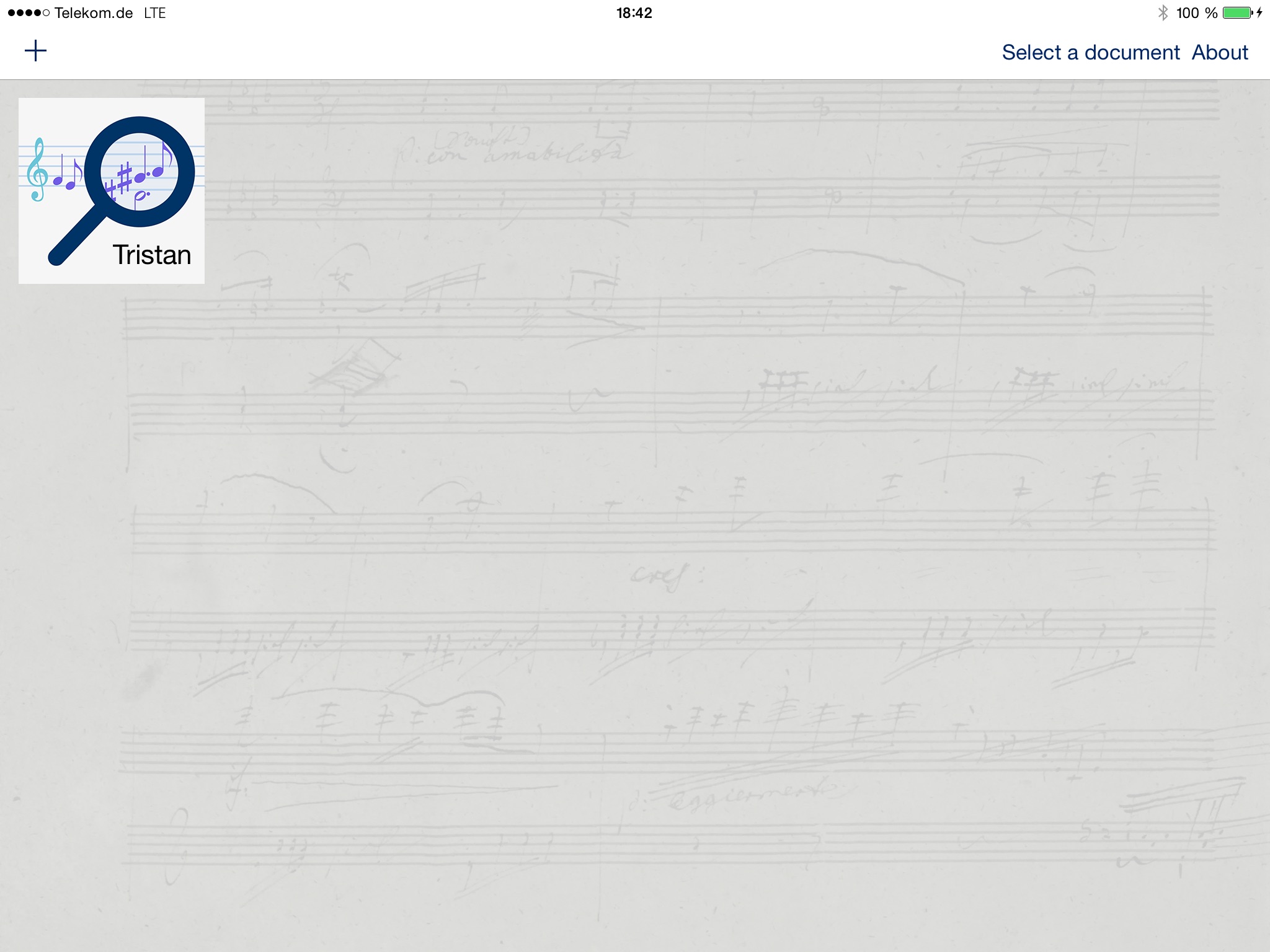
ciAnalysis app for iPhone and iPad
Developer: smartmobilesolutions Hans-Jürgen Mergner
First release : 25 Jul 2014
App size: 20.68 Mb
This app supports a new method for the analysis of complex harmonies, which was firstly presented and implemented by Benedikt Stegemann in his "Theory of Tonality" (Noetzel Verlag, 2013, ISBN 978-3-7959-0963-5). This so-called ci-analysis allows it to explore the tonal potential of harmonies, where the methods of traditional harmonics lose significance. This applies particularly to compositions of the Romanticism, Impressionism and the twelve-tone music of Arnold Schoenberg based on complementary hexachords. Even with regard to baroque and classical music, remarkable new aspects emerge. However, ci-analysis is time-consuming: In a chord with four tones there have to be considered six musical intervals, ten in a chord with five tones and fifteen in a chord with six tones. This procedure is automatically done by the app: Subsequent to the manual input of the tones by the medium of a virtual keyboard on the touch screen of the iPad, the attribution of the identified complementary intervals (ci) to their respective tonal spaces is performed when pressing the „analyse“-button. By means of adequate input fields the chords are arranged similar to their position in the score. The succession of the chords in the bar is identical with the input, but can be modified later on. The aggregation of the results in a chart is similar to the synopses in the „Theory of Tonality“. Thus, already when considering the diagrams on the iPad, we identify either a tonal potential illustrated by tonal paths or the absence of tonal orientation. The adoption of the results is effected by CSV, e.g. to Excel or Numbers. This facilitates an efficient adaptation to other documents. The expense of time when selecting and assigning the ci and arranging them in charts is radically reduced. Therefore, the analysis of extended compositions is made considerably easier.



